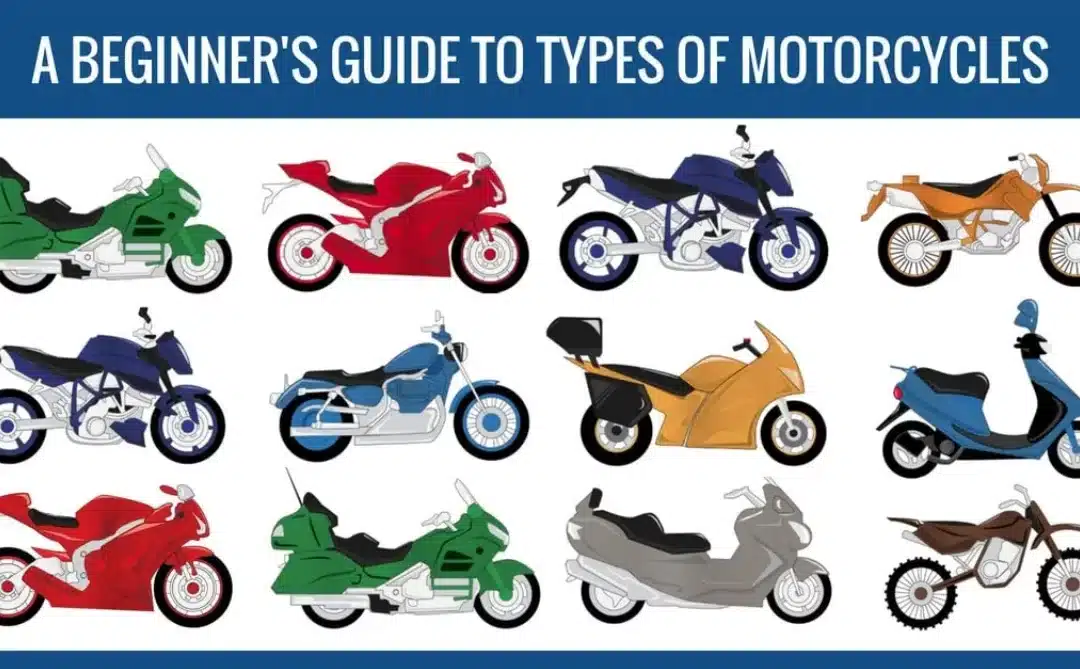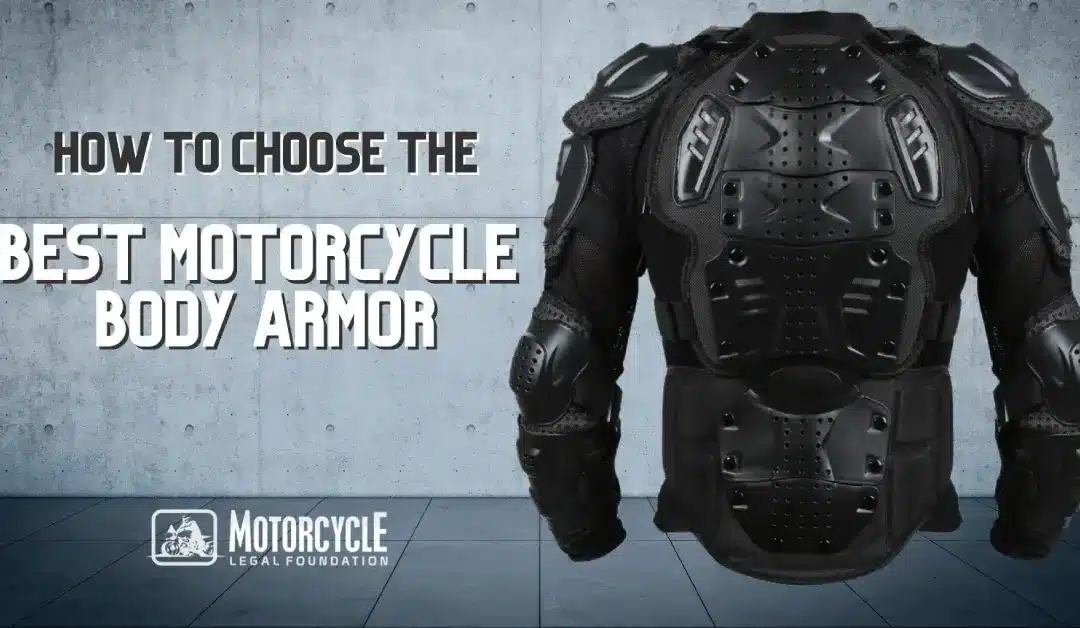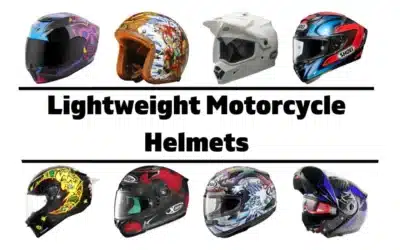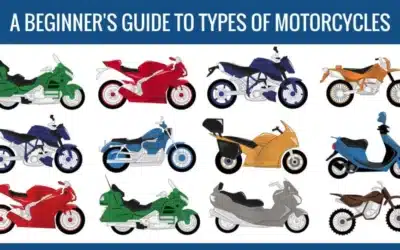Motorcycle Accident Injuries
Motorcycle riding is risky business. The open-air nature that gives bikes their unique thrill is also what makes them dangerous. According to the NHTSA, nearly 5,000 riders died in motorcycle accidents in 2020, and motorcycle fatalities continue to be overrepresented in traffic death rates, accounting for 14% of all road fatalities.
Motorcycle Injuries by the Numbers
- Approximately 93,000 riders were injured in various accidents in 2018.
- Roughly half of motorcycle accidents result in lower-body injury, particularly the thigh, leg, knee, ankle, or foot regions.
- On average, the treatment of motorcycle injuries costs between $6,000 to $30,000. However, severe cases such as traumatic brain injury or spinal cord injuries can cost up to $4 million in life-long aftercare.
Common Causes of Motorcycle Injuries
Lack of protection
The open nature of motorcycles means there is no enclosed compartment, no crumple zones, or safety restraints to protect the rider in case of an accident.
Inexperience
More than half of riders involved in accidents had less than 5 months of experience at the time of the incident, and 92% are self-taught. In addition, roughly two-thirds of single-vehicle accidents are caused by rider error, such as overshooting and overbraking.
Unsafe driving behavior
According to the NHTSA, motorcycles are more frequently involved in fatal crashes with fixed objects than other vehicles, and 32% of rider fatalities were due to speeding. 29% were also riding without a valid driver’s license.
Intoxicated driving
Motorcycles have the highest fatality rate due to drunk driving than other vehicles, and 43% of bikers who died in single-vehicle accidents were alcohol-impaired.
Lack of helmet use
In states without universal helmet laws, 57% of riders who died were not wearing helmets, compared to just 8% of helmeted rider deaths in states with helmet laws.
Types of Motorcycle Injuries
Head and Brain Injuries
- Head injuries are the biggest cause of deaths in motorcycle crashes, according to the National Institutes of Health.
- Head injuries can range from minor (such as a concussion) to moderately severe (skull fractures and facial disfigurement) to life-threatening (traumatic brain injury).
- Apart from physical damage, a serious head injury can result in life-altering complications. These include intellectual impairment, social and behavioral changes, sensory problems, and impaired communication skills.
- In the worst-case scenario, victims may be left comatose or in a vegetative state.
- A CDC study found that unhelmeted riders are more than twice as likely to suffer a head injury than helmeted riders.
Neck and Back Injuries
- 15% of riders who end up in rehabilitation are due to an injured neck or back.
- Injuries range from minor (whiplash) to severe (damage to the vertebrae, discs or soft tissues). Almost all non-minor cases can cause moderate pain and affect mobility. At worst, it can lead to partial or full paralysis, which can be temporary or permanent.
- Because neck and spinal injuries affect motor function, costs are prohibitive. These include lost wages, long-term rehabilitation or possible life-long care.
Amputations
- Amputation refers to the loss of an extremity. Riders are highly vulnerable to amputation because of the lack of an enclosed compartment, even when wearing protective gear.
- Amputation can be the loss of a finger, hand, toe or foot, apart from the possible loss of arms or legs.
- Amputations can occur either during the initial crash, or as a result of complications or infections where the affected part must be removed to save the victim’s life.
Paralysis
- Paralysis can be the result of a traumatic brain injury or spinal cord injury and affect either a localized region of the body, or full-body paralysis.
- 20% of riders who require rehabilitation due to a spinal injury are left with permanent complications.
- Of the four kinds of paralysis, quadriplegia or the loss of function in all four limbs is the most serious and can require life-long care in cases of permanent paralysis.
- It’s a myth that motorcycle helmets can increase the risk of neck injuries and paralysis. In fact, multiple studies have shown that helmeted riders are 2x less likely to suffer a spinal injury than bikes who don’t wear helmets.
Have You Been Involved In A Motorcycle Accident?
Our professional legal team screens submissions and assigns cases to some of the best motorcycle lawyers in the US.
Joint and Ligament Injuries
- Lower extremity injuries account for nearly half of all motorcycle crash injuries. These include the thigh, legs, knees, ankles and feet.
- Leg injuries are the most common, followed by the pelvic region and knees.
- The use of armored riding boots can reduce the risk of open-wound injuries by up to 90%, and foot injuries by 45%.
Shoulder Injuries
- In accidents where the rider falls off the bike or his upper body collides with an object, a shoulder injury can occur.
- Motorcycle accident shoulder injuries are more complicated than they sound since the shoulder consists of three delicate parts: the clavicle or collarbone, the shoulder blade, and the upper arm bone. A fault in one part can easily affect the functions of the others.
- Common shoulder injuries faced by motorcyclists include a dislocated shoulder, a clavicle fracture, or torn rotator cuff. In serious cases, injuries may require surgery followed by weeks or months of physical therapy.
Broken Bones and Fractures
- Fractures and broken bones are some of the most common injuries in motorcycle accidents. These can be due to the force of the collision, a fall, slide, being ejected from the bike, or attempting to minimize impact with an outstretched arm or leg.
- While bones themselves have no pain receptors, a broken bone injury is still painful since it affects tissues surrounding the fault. It can also result in fluid buildup that causes swelling, muscle spasms, and severe pain.
- On average, physical therapy takes about 3-4 months depending on the severity and number of broken bones.
Burns, Lacerations and Road Rash
According to the National Trauma Data Bank, there were over 20,400 road rash injuries from motorcycle accidents in 2013.
While the majority of road rash cases were slight injuries, about 2,000 required acute rehabilitation, and 400 resulted in death.
Fuel leaks occur in 62% of motorcycle accidents, which greatly increase the risk of fire and burn injuries.
Scars and Disfiguring Injuries
Facial injuries are common in head-on collisions. Unfortunately, 76% of two-vehicle motorcycle crashes involve front impact collisions, making the risk of facial injuries higher for riders.
Non-serious cases may result in scarring that requires skin grafts or laser treatment. However, serious facial injuries that result in disfigurement require extensive surgery and multiple cosmetic procedures, and may not return the rider to their previous appearance.
Beyond medical treatment, riders who are disfigured in an accident may suffer depression, trauma, and psychological pain due to the life-changing implications.
Multiple studies across different countries show that full-face helmets greatly reduce the risk of facial scars and disfigurement.
Wrongful Death
While strictly not an injury, a wrongful death is a claim against negligent or at-fault motorists by the next of kin of a dead biker or passenger. Each state has its own wrongful death laws and statute of limitations.
Some states allow for two claims to be made: one to recover the value of the life of the deceased, and another for funeral expenses and pain and suffering of loved ones.
The statute of limitations may be increased when there are aggravating factors, such as intoxicated driving.
Motorcycle injuries resulting from an accident are highly complicated affairs. In addition to dealing with the authorities and insurance providers, the injured party must show proof of fault or negligence by the other driver to claim compensation and damages. When an accident occurs that results in injury, it’s highly advisable to get a motorcycle accident lawyer. They can take care of the investigation, guide you through the legal proceedings, and negotiate on your behalf from a position of strength, so you can focus on recovery.








